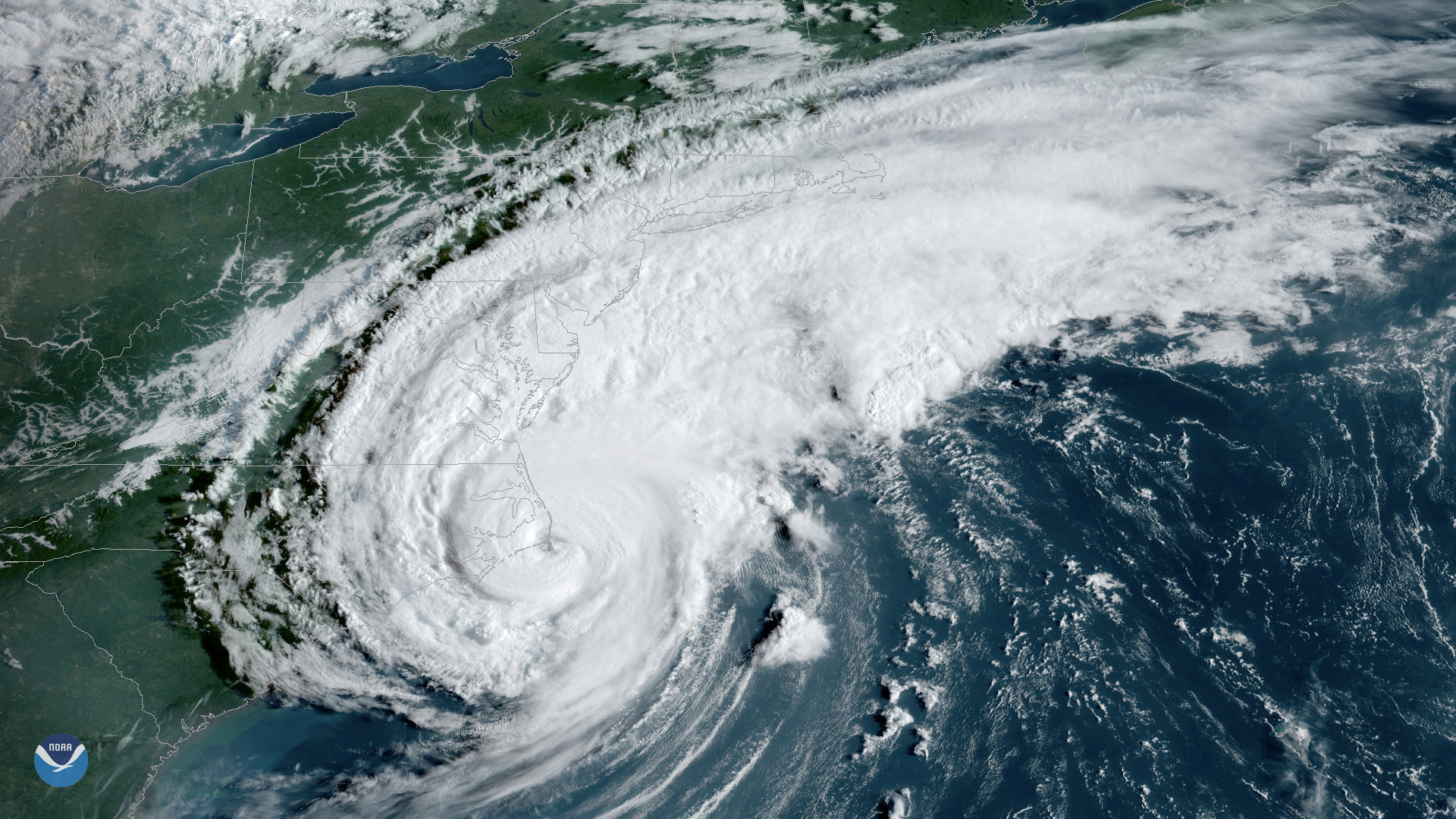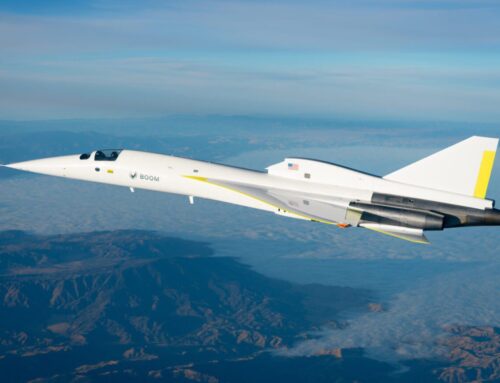How a Hurricane Can Upend Air Travel
Hurricane Dorian causes multiple airport closures in South, more potential storms developing
By Natalie Fiorilli
Published September 9, 2019
Read Time: 3 mins

It’s officially hurricane season.
With thousands of flight cancellations nationwide and several airport closures in the south last week, Hurricane Dorian disrupted air travel for several days, even though the region was less severely damaged than some had feared. It’s a fact of life for aviation during the late summer and early fall.
Making landfall as a Category 5 storm, Dorian brought devastation to the Bahamas before moving toward Florida last week. Though Dorian weakened to a Category 3 hurricane, it resulted in the closures of several major airports, including in Orlando, Palm Beach and Fort Lauderdale.
Florida’s busiest airport, Orlando International, closed at 2 a.m. on Sept. 3 and reopened at noon the next day.
Quiet scenes in the terminal as MCO ceases operations today. #Dorian pic.twitter.com/KvHGfgtxpw
— Orlando International Airport (@MCO) September 3, 2019
For MCO, which averages more than 900 daily arrivals and departures, entirely ceasing operations is a complex task, said Carolyn Fennell, Senior Director of Public Affairs for the Greater Orlando Aviation Authority.
“Living in Florida, we are very familiar with the power of hurricanes and the damage they can do, so safety for passengers and employees is a priority. The other constant is that every storm is different and unpredictable,” Fennell said. “There is an unnerving quiet without activity or passengers in the normally busy terminal.”
She added that the airport’s staff trains to prepare for hurricane season and relies on an overall team effort that involves airlines, concessionaires and ground transportation providers as well as airport staff.
“Recovery – or bringing a terminal back to life after stopping operations – is just as complicated as ceasing operations,” Fennell said. “With over 40 airlines, federal agencies, airport stakeholders and 25,000 employees to re-activate, start-up is done gradually and phased in to resume efficient operations.”
The first arrival! Appears that DL2018 will be our first flight in after operations resume at MCO. The A321 from @ATLairport is scheduled to arrive in about 12 minutes. ✈️ pic.twitter.com/lkkM5t4esn
— Orlando International Airport (@MCO) September 4, 2019
Other major airports in the Sunshine State were relieved to avoid the storm’s path. Tampa International, located on the western coast of Florida and less than a two-hour drive from Orlando, remained relatively unaffected by Dorian.
“Seeing that (storm) shift was a huge relief for this region,” said Lloyd Tillman, TPA’s Director of Emergency Management and Resilience in a statement on the airport’s website.
“We continued to monitor Dorian closely and hold regular calls with our airlines, tenants, community partners and stakeholders throughout the holiday weekend. We want to ensure we’re prepared for not only any effects of the storm here but the effects we’ll see on flight operations throughout the state,” Tillman noted.
Dorian continued north, causing closures for airports in the Carolinas, including Charleston, Hilton Head and Wilmington.
As of Monday morning, the hurricane has made its way along the East Coast and is now considered an “extra-tropical cyclone,” making landfall in Nova Scotia over the weekend. However, more storms could be heading back toward the Bahamas and Florida, as the National Hurricane Center is currently monitoring three systems developing in the Atlantic Ocean.
Impact on Pittsburgh
Hurricane season at Pittsburgh International is typically business as usual, according to Dan Graban, an airport operations supervisor at PIT.
Because of the airport’s location, size, runway lengths and equipment, Pittsburgh International is an ideal location for diverted aircraft to land in circumstances ranging from inclement weather to mechanical issues.
“If there is a significant weather event on the East Coast, we are often expecting to accommodate aircraft diversions,” he said. “Weather doesn’t change the way we operate, though. No matter what it is, if it’s a hurricane, tornado, thunderstorms or snow, when airlines decide to bring their planes here, we’re ready. We pride ourselves on being able to handle whatever comes, whenever it happens.”
As hurricane season continues along the Atlantic Ocean through November, travelers should continue to follow updates from the National Hurricane Center and check the statuses of their airlines during the days leading up to a flight, particularly along the southeastern coastline.






